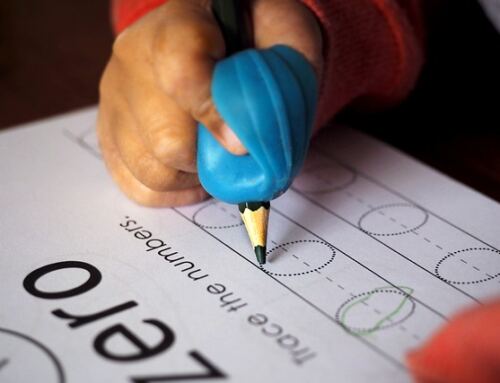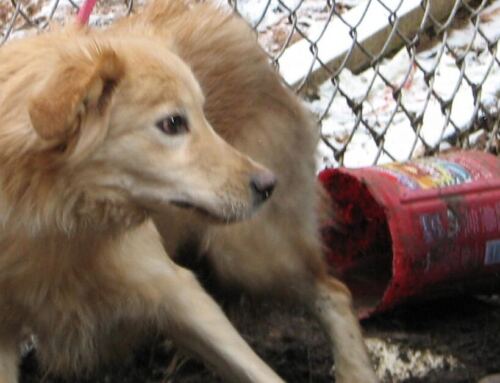We can apply the guidelines of science to the work we do with behavior. Knowing what counts as science and what sits or teeters in the realm of pseudo-science isn’t easy. We started replacing magic with religion centuries ago, and continue to struggle to replace both with science. We should keep trying. Science is what got us to the moon. It’s pretty amazing even if you don’t value the outcome. Science eradicated small pox and made iron lungs unnecessary. It gives hope to those living with chronic disease.
They need to feel safe.
If your dog won’t behave the way you’d prefer around certain things, or when things are occurring, we use the science of behavior and learning to come up with practical, effective ways to teach them. An individual who feels threatened or at risk, is more likely to avoid or resist whatever we are trying to get them to do. It’s going to be harder for them. Novices and hacks rely on the suck it up and deal approach which takes a variety of forms. It is justified using any number of creative excuses. These excuses will range from sciency-sounding, unsubstantiated claims about physiology, to the warm fuzzy magic of energy.
We start by coming up with ways for them to not feel threatened by the thing that scares them.
How long it takes an individual to fully recover from an upsetting experience will depend on information we don’t have ready access to. Changes in neurochemistry, hormones, blood pressure, etc., for example. A training session that starts by causing fear, aggression, reactivity, etc., is like sawing half-way through the leg of the ladder you’re about to climb. Will it hold? You hope so, but it’s an unwise starting point.
Each individual has their own history with what they don’t like or scares them. Whether it’s men with hats and beards, a hand reaching toward them, or the vacuum cleaner, we do not need to reinvent the wheel in order to come up with humane and effective training interventions. They should not feel threatened by the thing that scares them. It may be a challenging proposition. But we can work with a number of variables such as how far away the thing is, how long it’s around, its size, volume, quantity, speed, intensity or pressure, etc. Some may be difficult to adjust, but chances are some won’t be.
When a fearful or anxious animal is struggling to learn new, socially acceptable behaviors it is reasonable to assume they have experienced trauma in their life. It does not make sense to start off a treatment or therapy by reproducing learned trauma responses. Suggesting that it is necessary to do in order to teach self-soothing or self-regulation, is taking creative liberties with whatever science does exist for the process. Both are poorly defined and hard, if not impossible to measure skills.
Train Well. Train Humanely.
Find trainers who understand how to use scheduled positive reinforcement.





